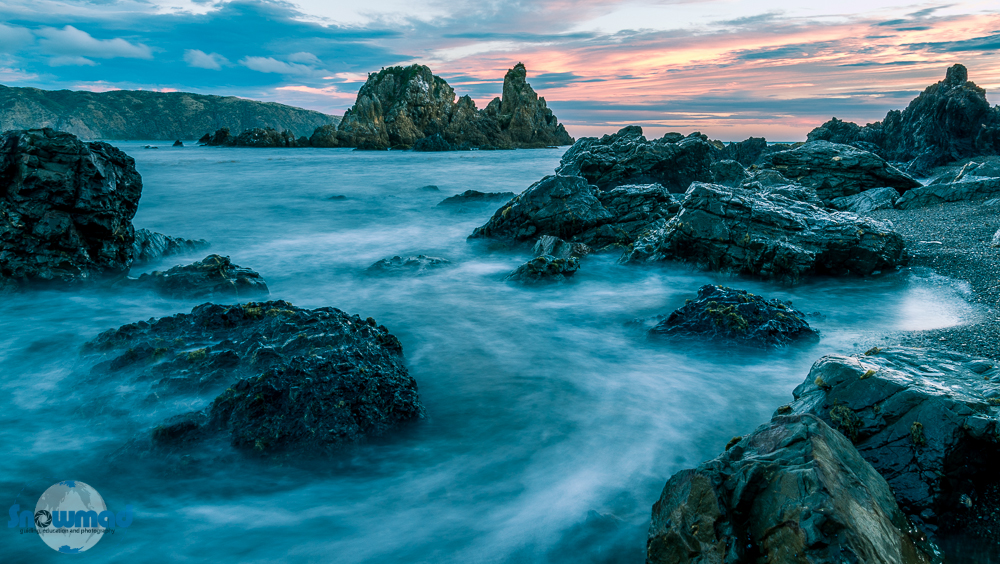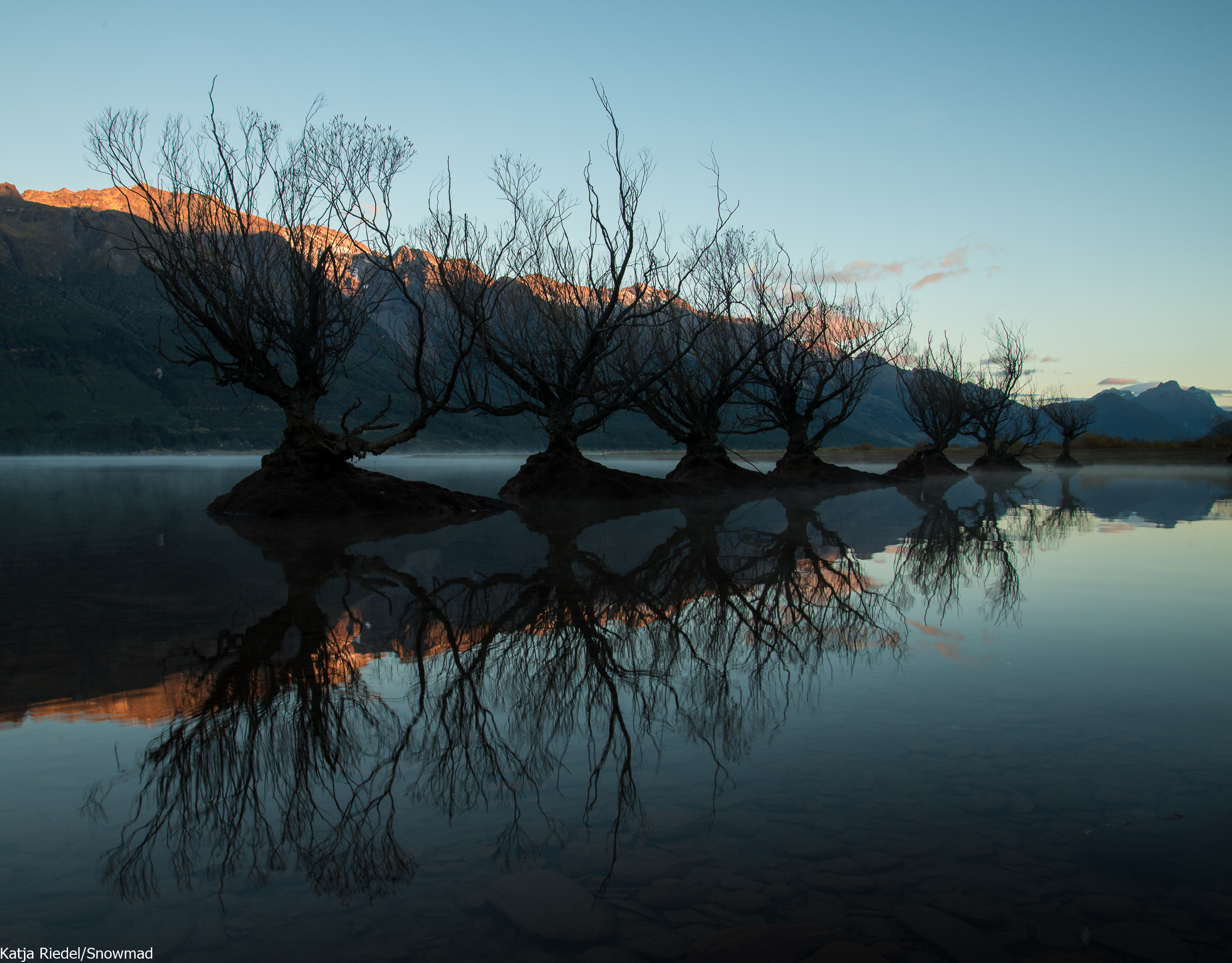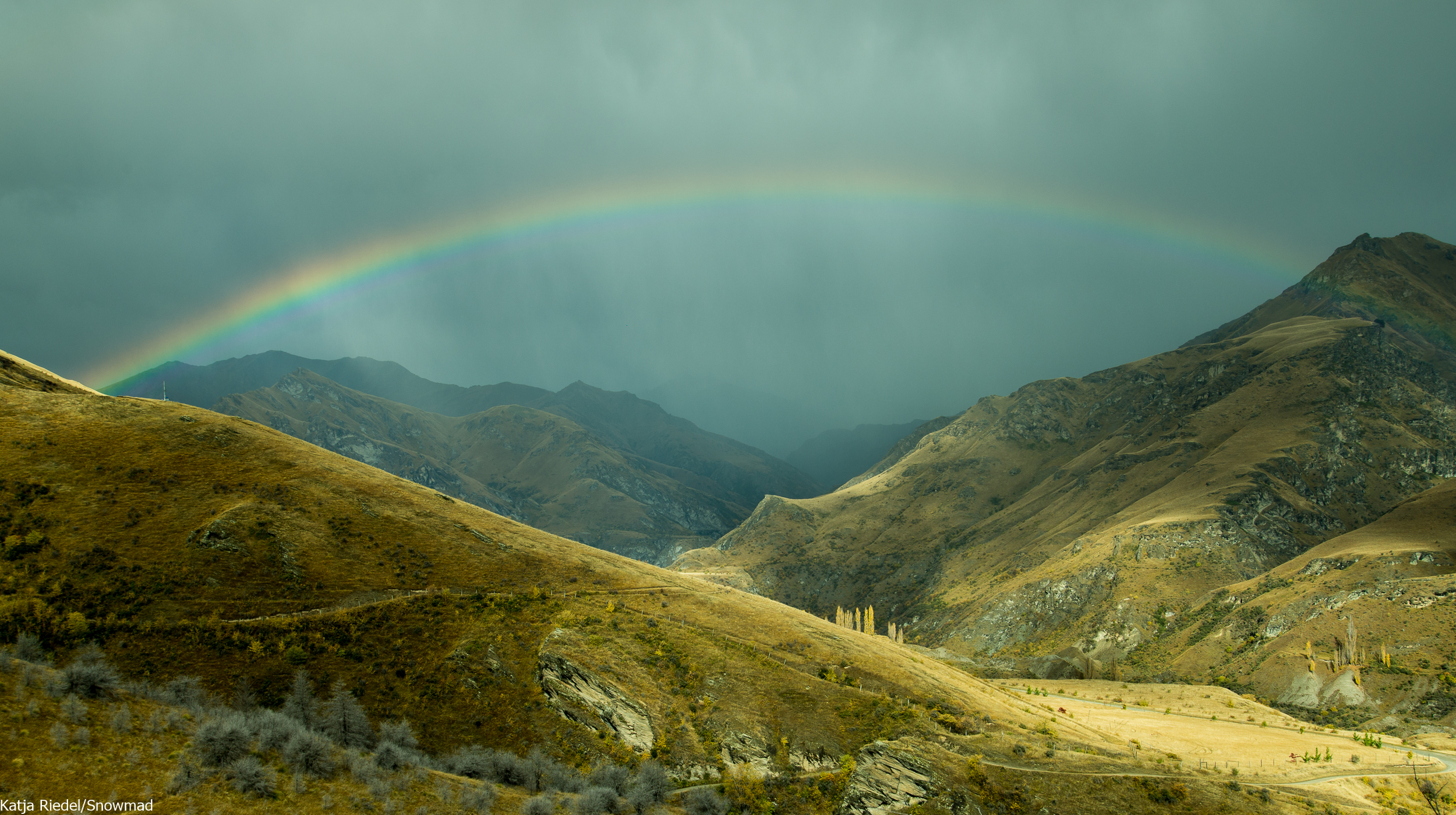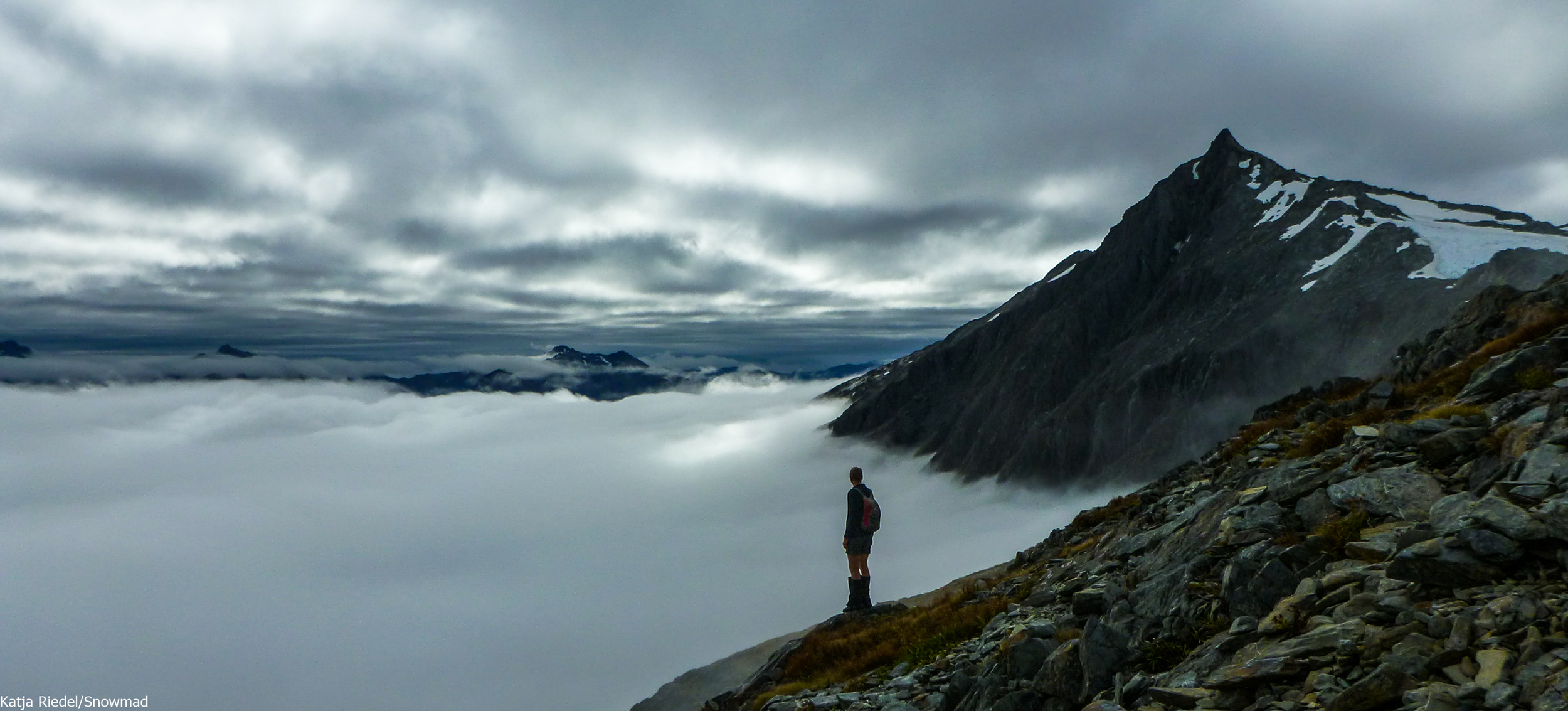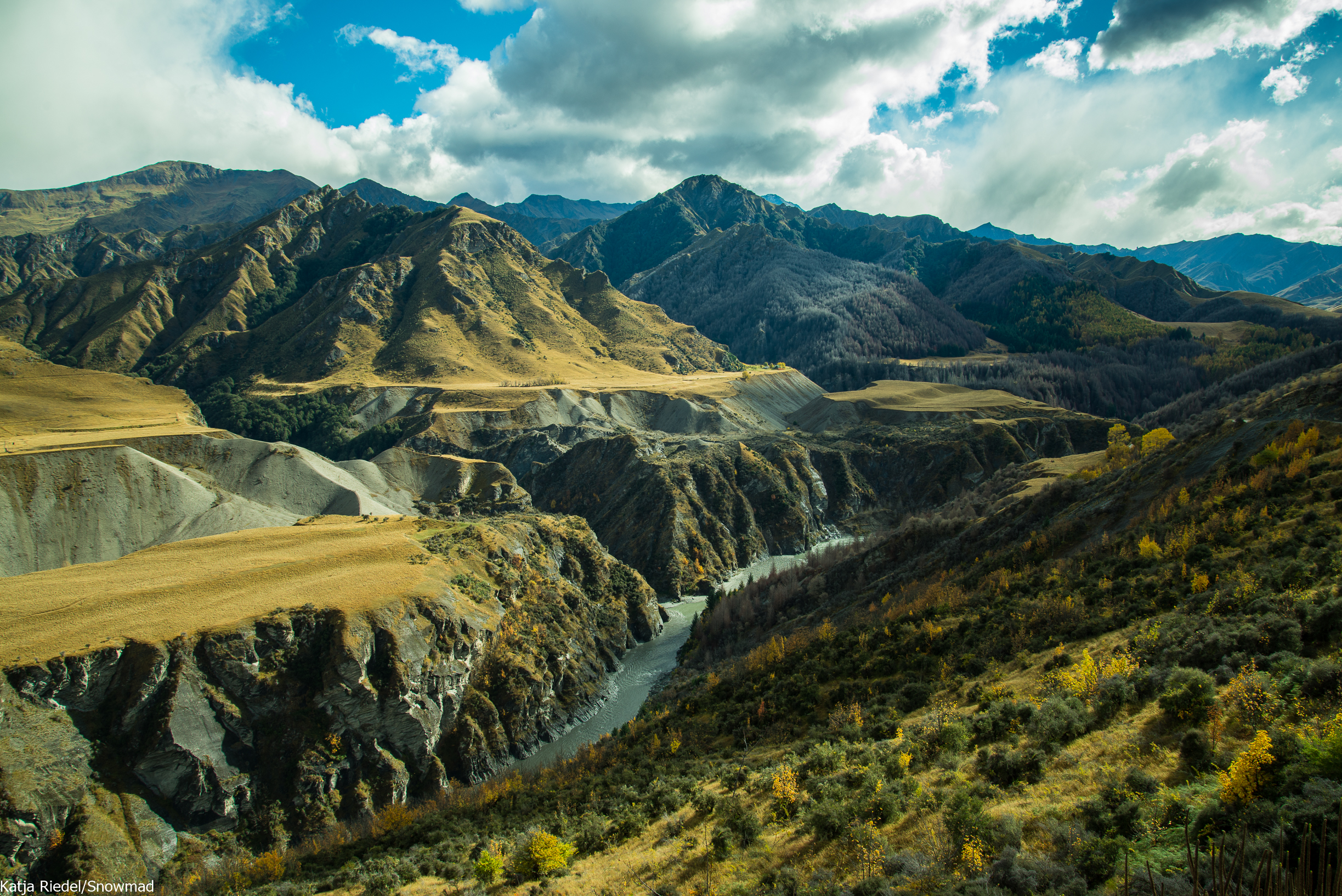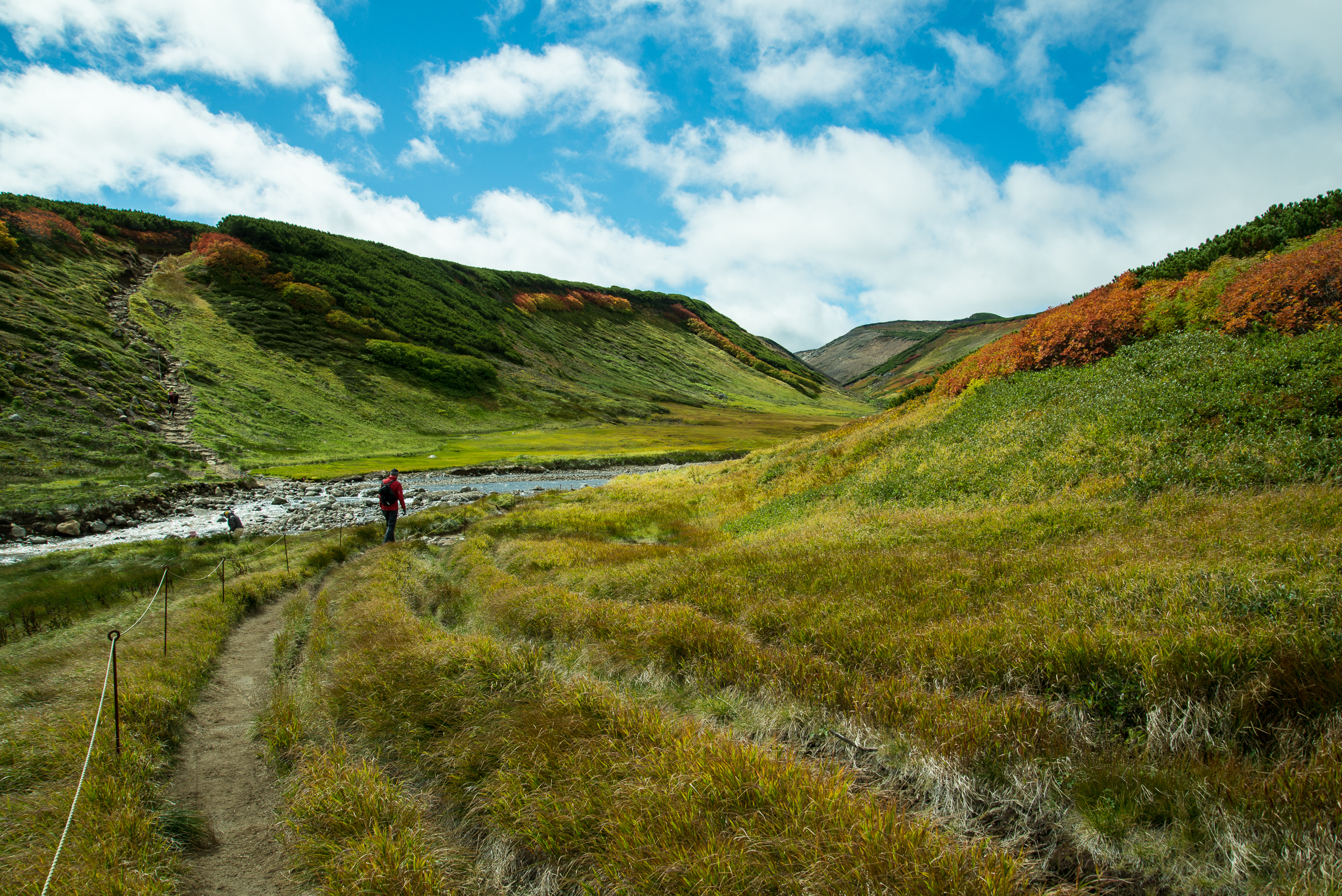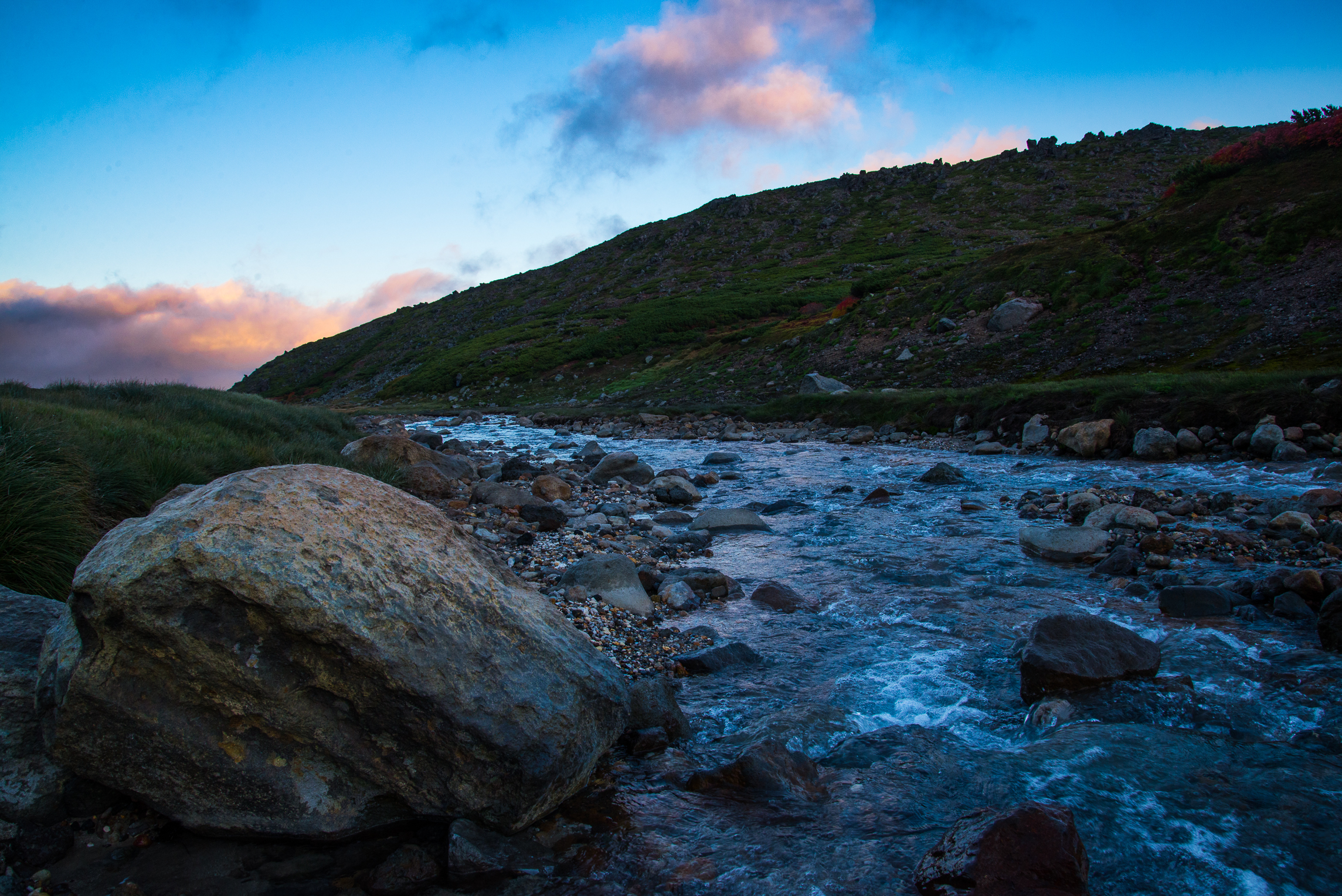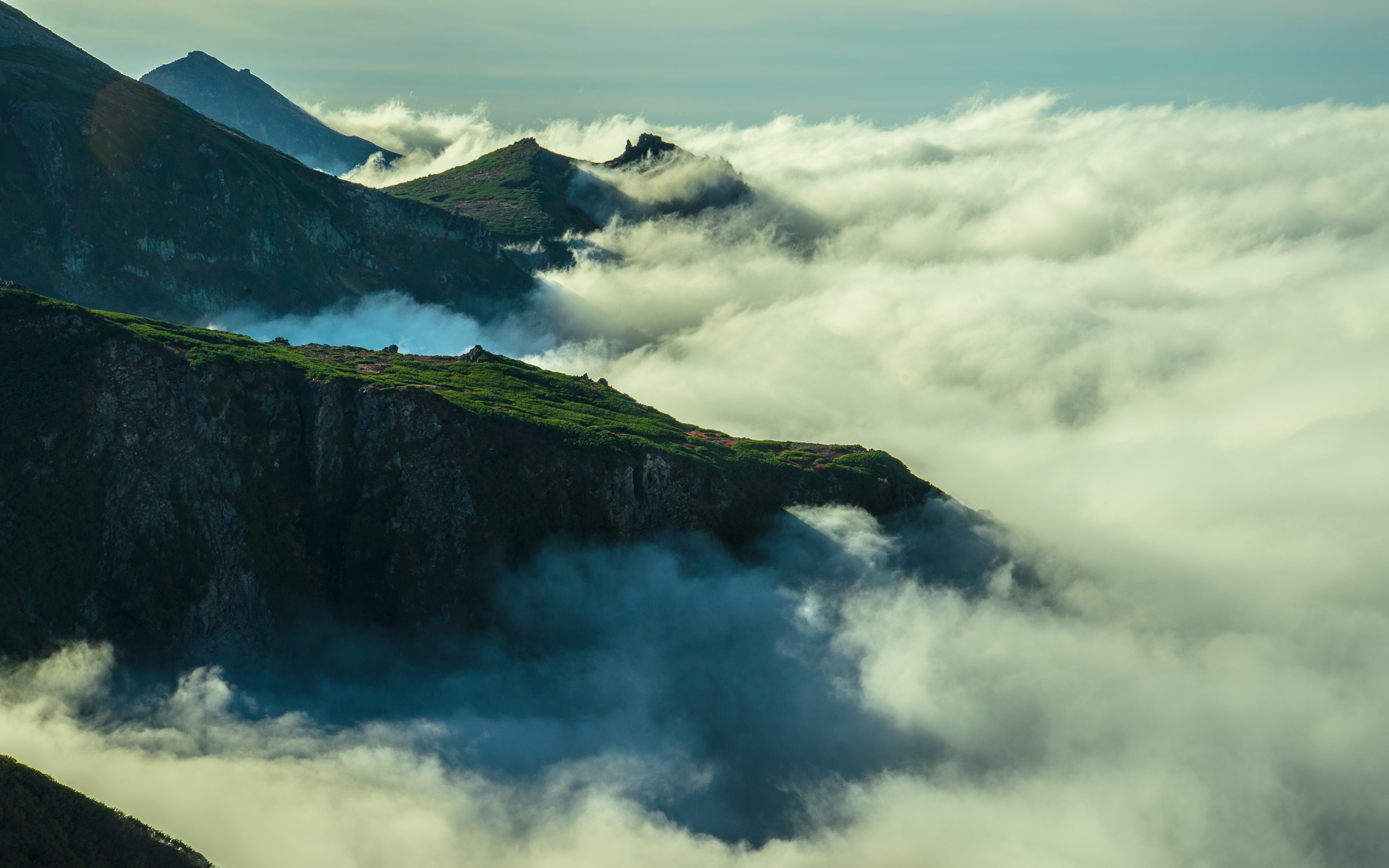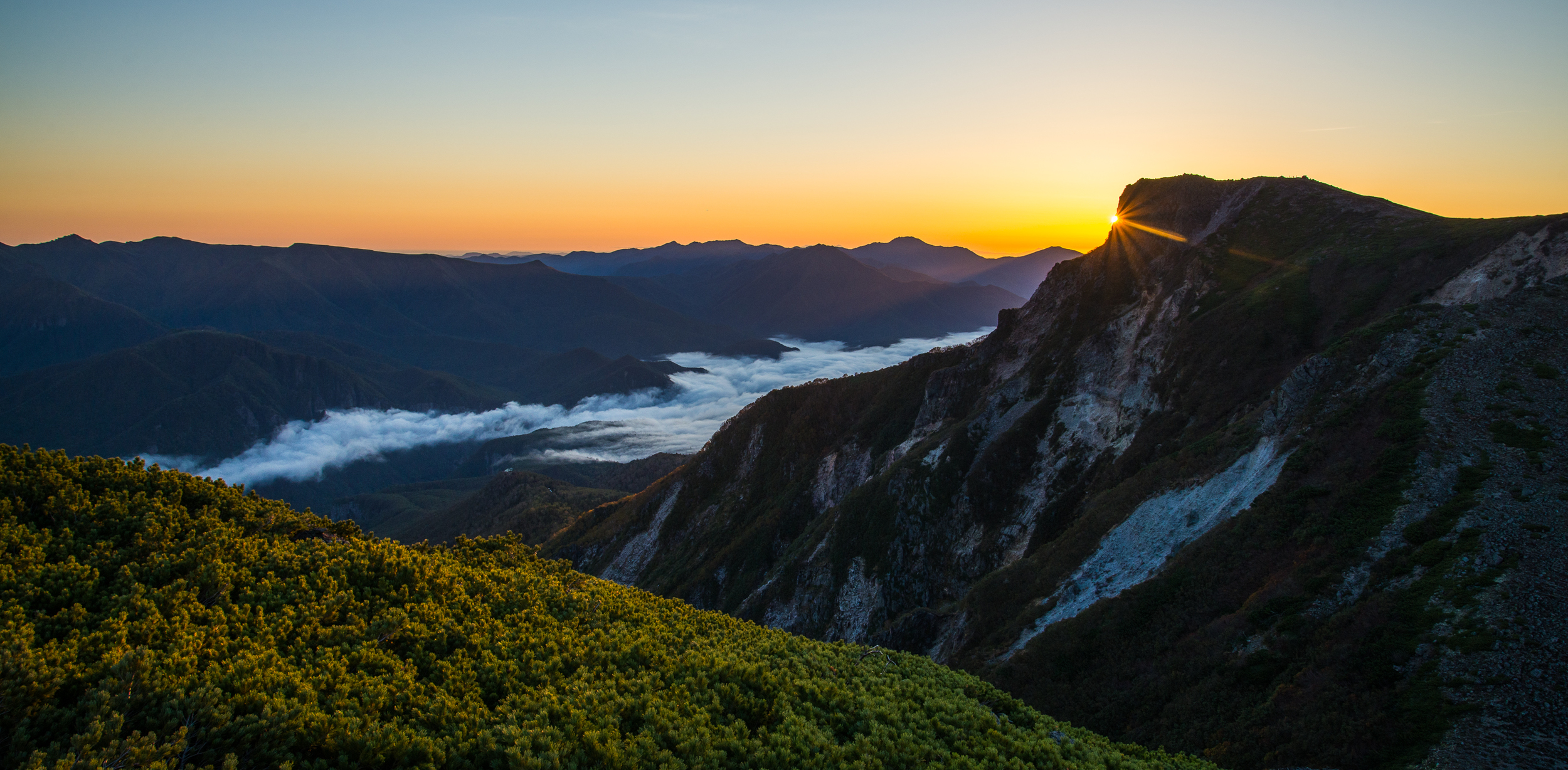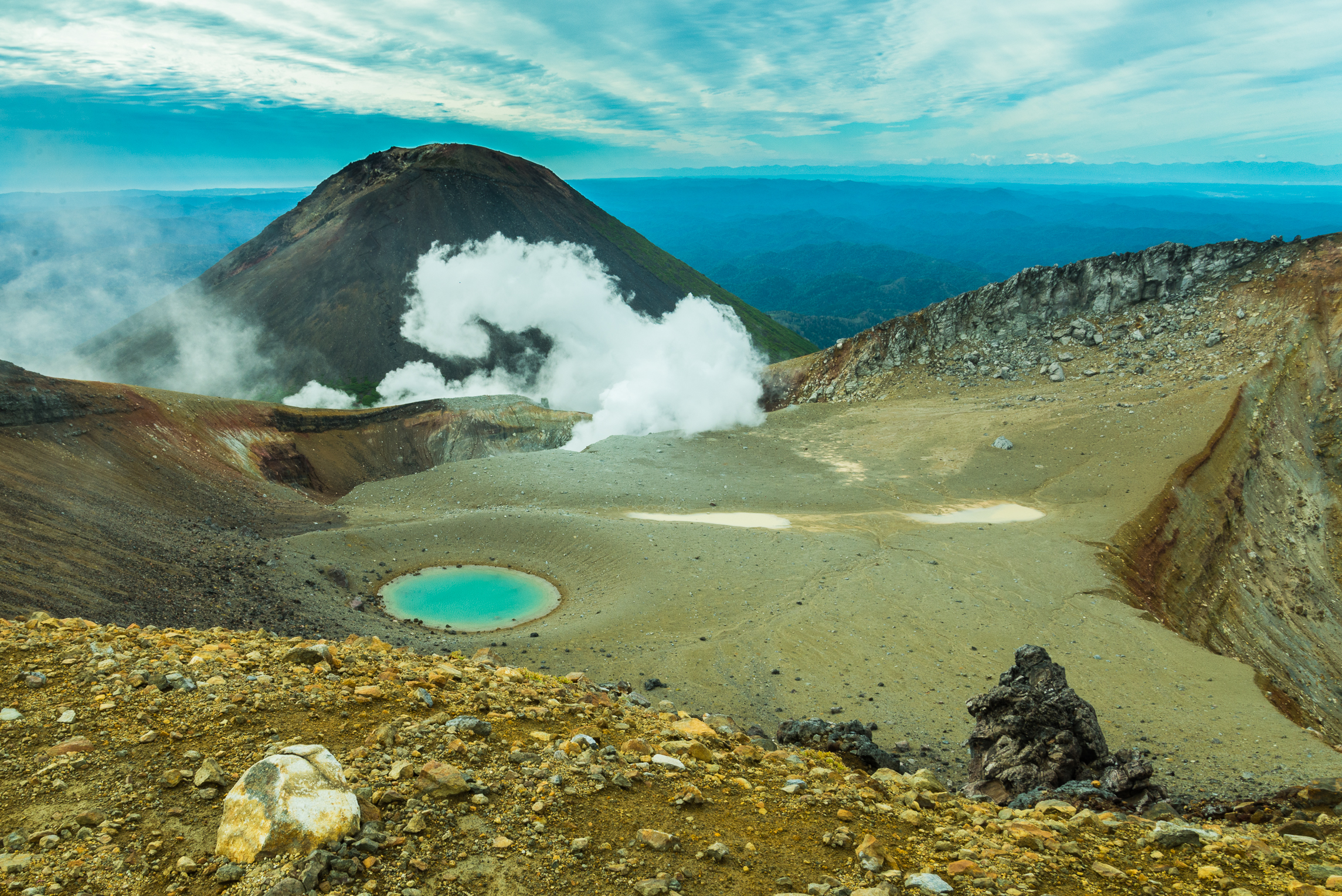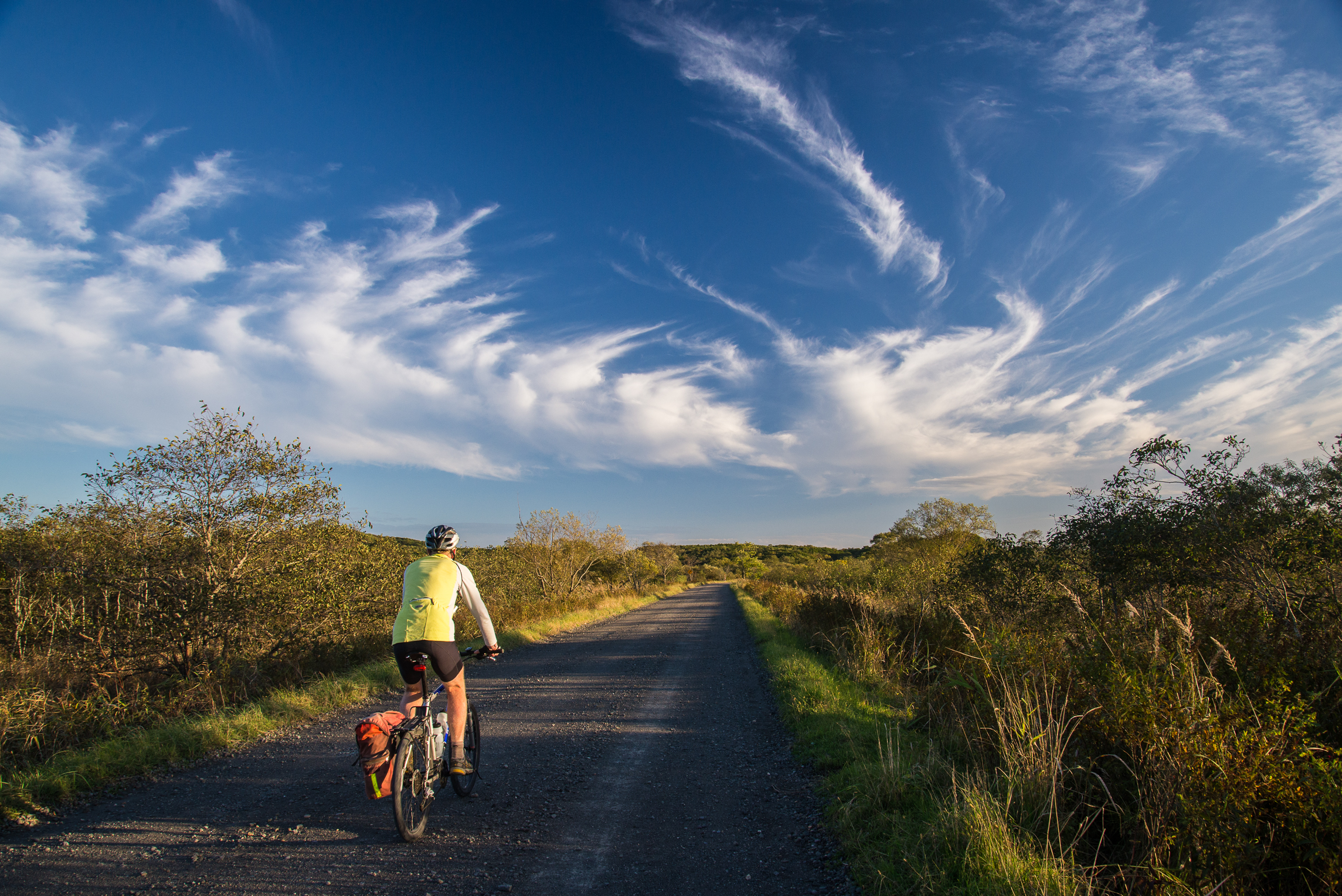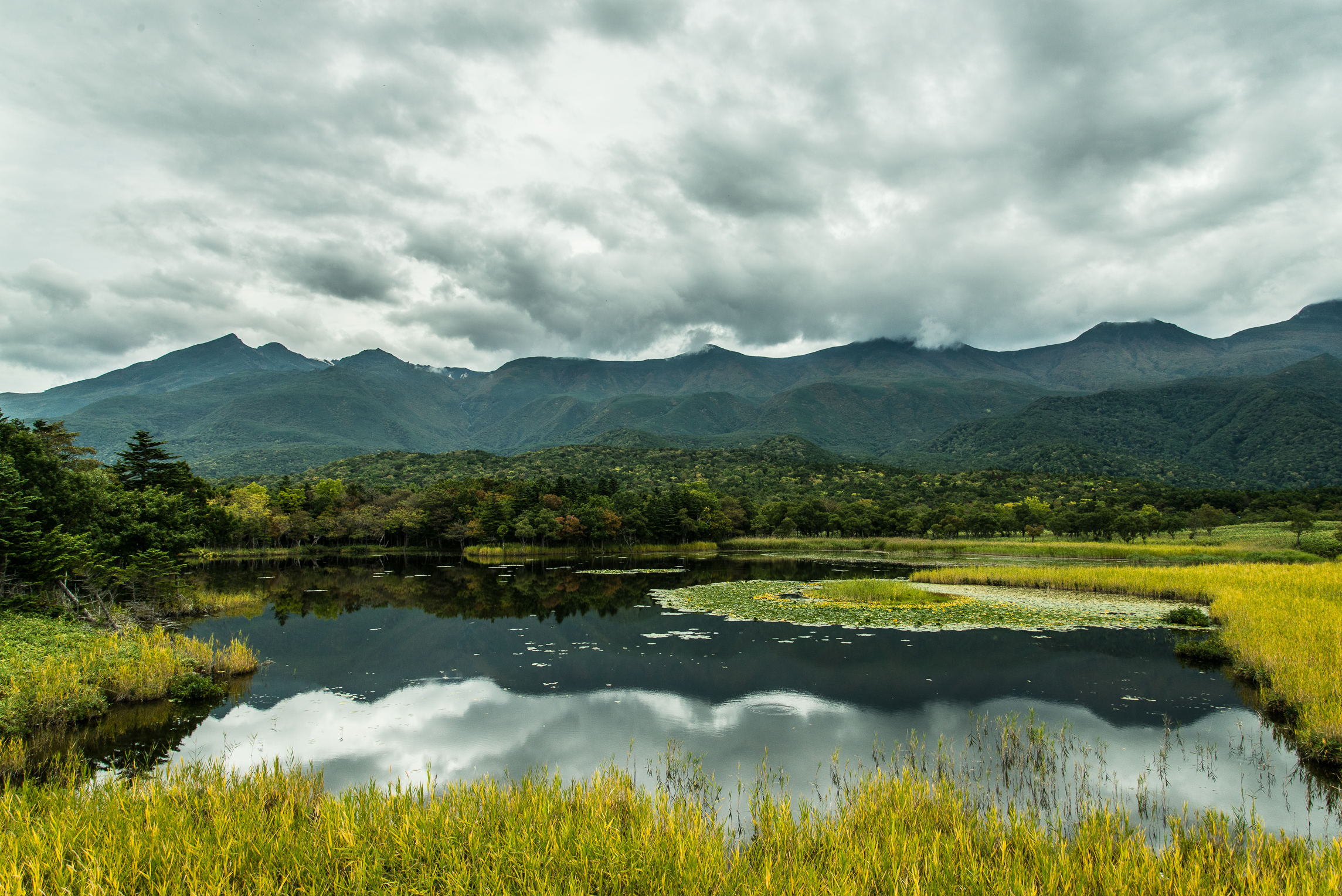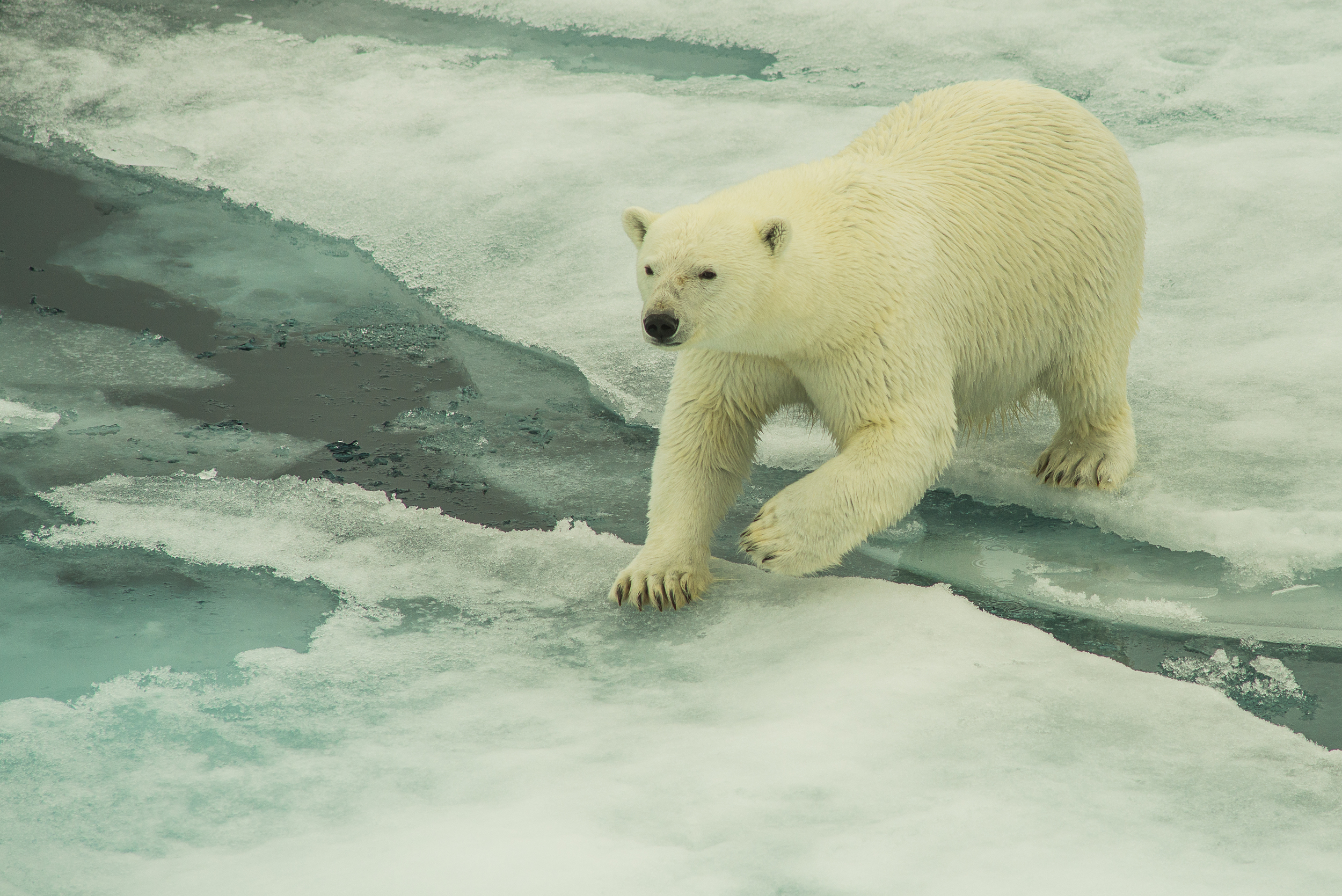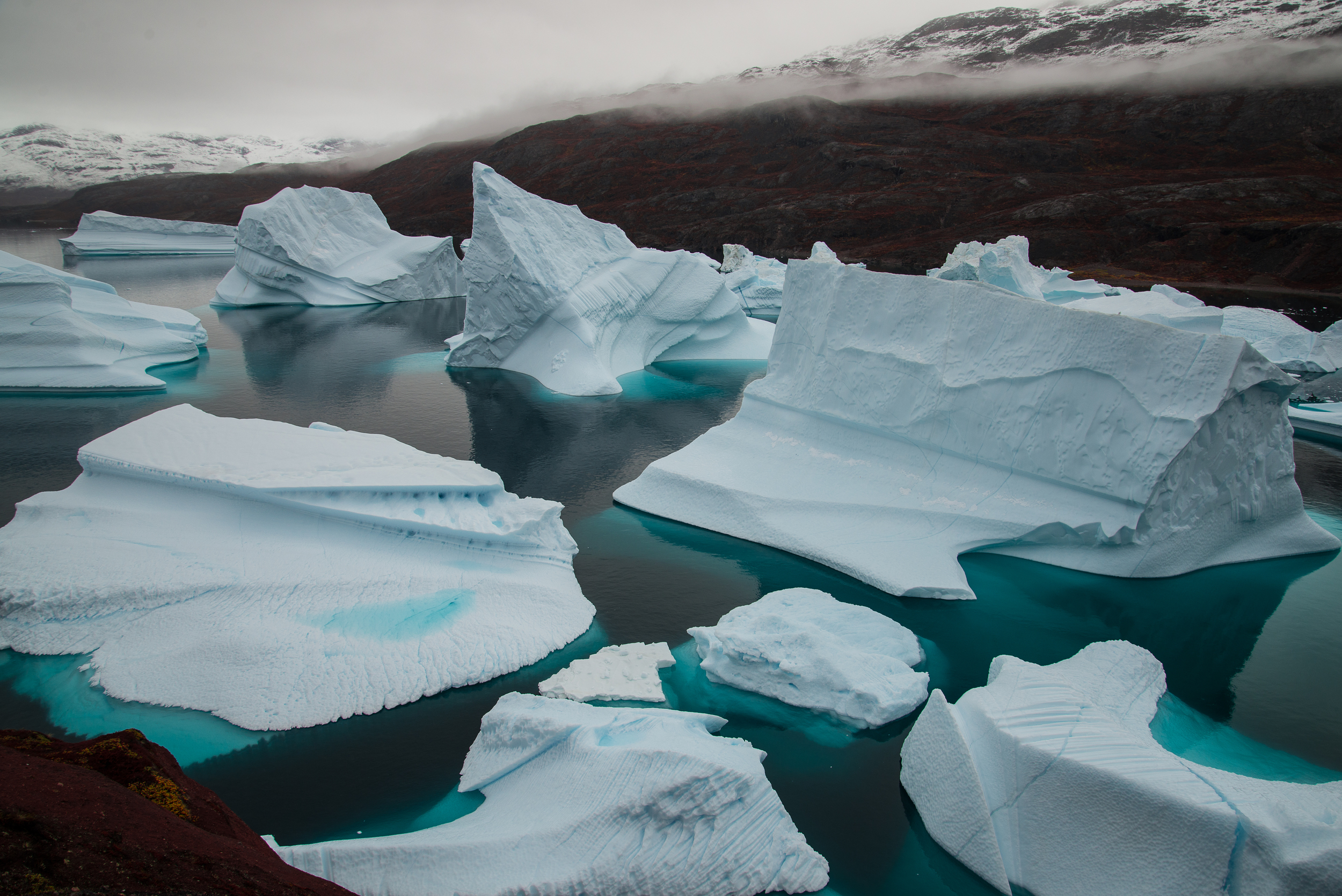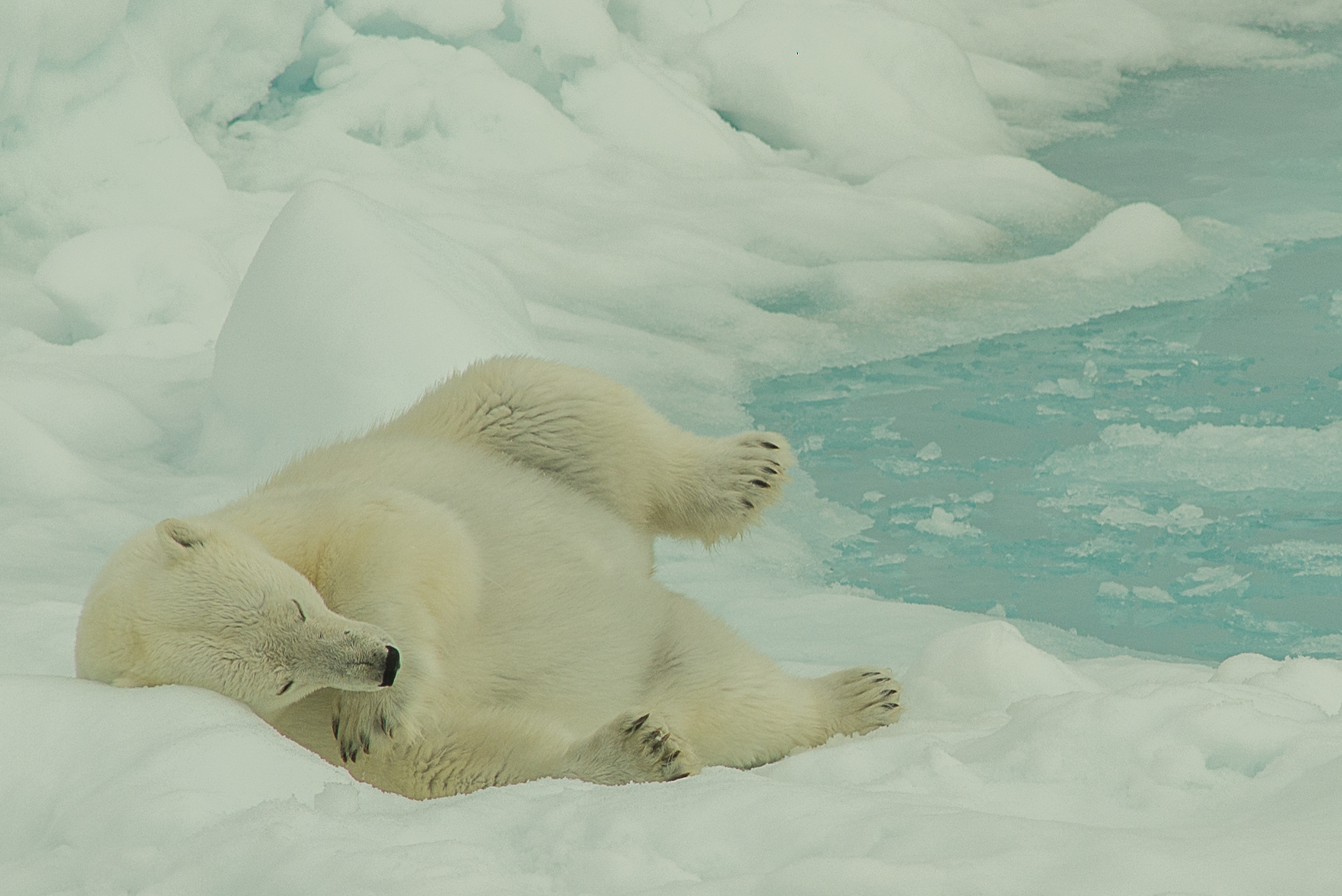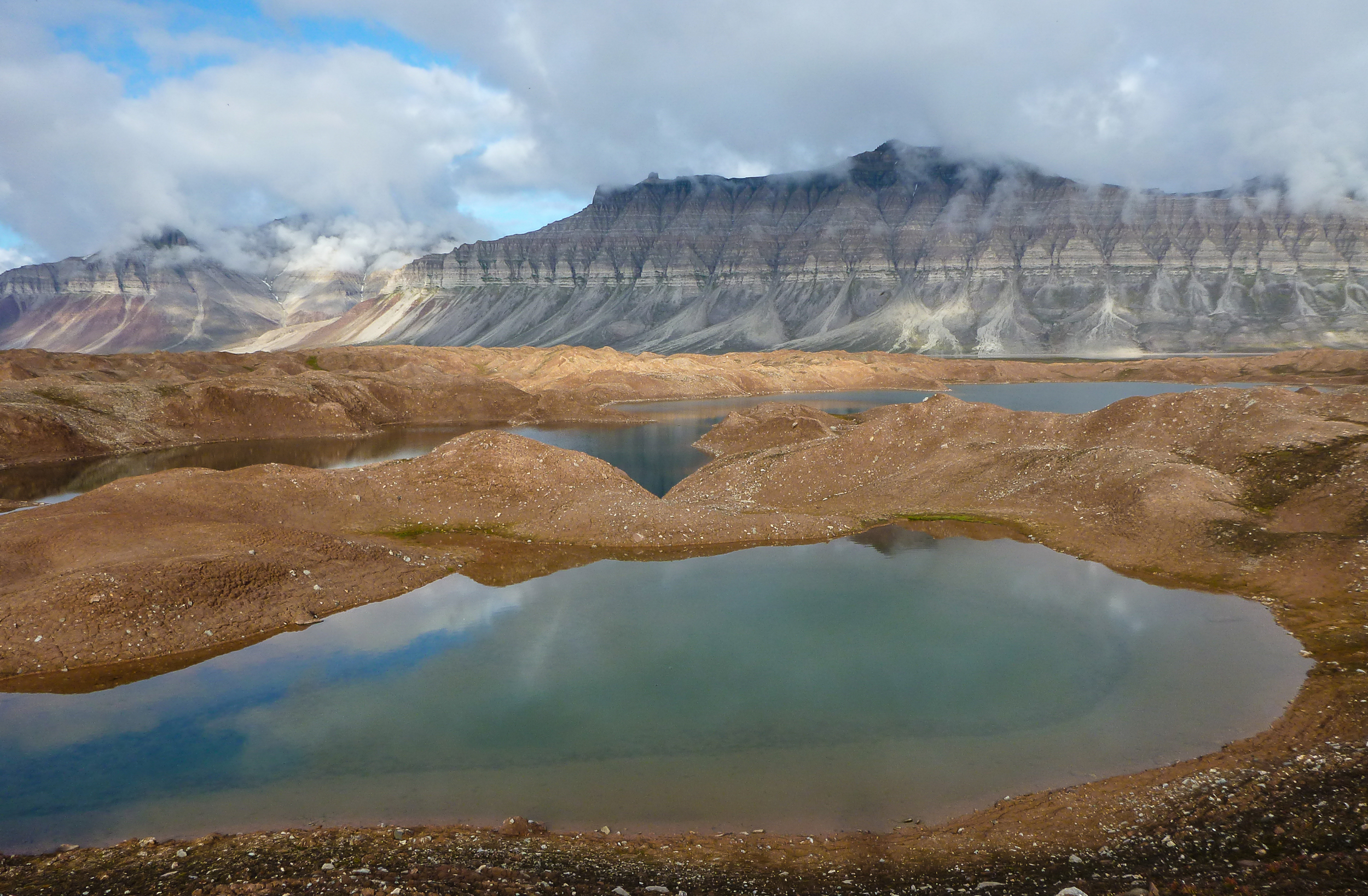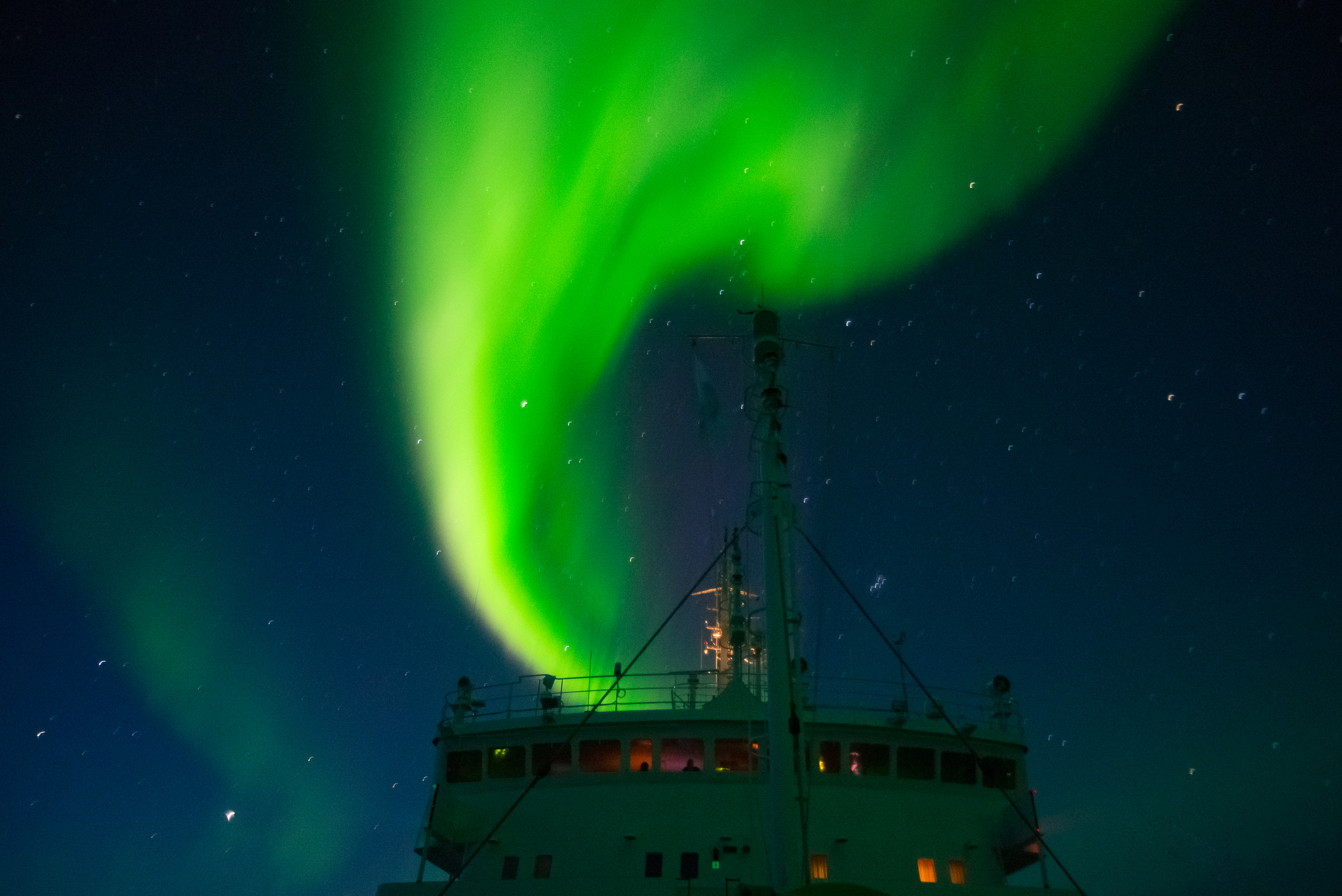I found it always funny to what length I go to explore a foreign
country: I buy guide books, I study webpages, I try to find out where to eat
and what to see, but in regard of Germany I have never gone through so much
trouble. Why not? So as a way to explore my own country I am trying to visit a
new place each time I get home. This time the place of choice was the Eifel (also
conveniently located in the middle of Germany to meet an old friend from the
South). Volcanos, now extinct, have shaped the face of the landscape in the
Eifel. Coming from New Zealand and being used to REAL volcanos the rounded and
forested hills here wouldn’t make me bat an eye lid if it wasn’t for the maars,
lakes that have formed thousands of years ago through the explosive meeting of hot lava and water rich soil
layers. They simply blew their top when the water suddenly evaporated through
the heat. The other nice thing is that the Eifel is not very populated. You can
actually stand on the top of a hill and not see a town, only wide spaced
farmhouses.
Daun is a little sleepy village in the heart of the so called Vulkan
Eifel (Volcano Eifel). With some luck we found a holiday house here close to
forest and nice walks with a sun terrace and evening sun. On one of our evening strolls we saw that the
region is also set up for cross country skiing, in winter there are formed ski tracks
and even a little ski hut. As we walked the sun set spectacular behind some
wind generators.
Next day we set off to explore the three maars, Gemündener,
Weinfelder and Schalkenmehrener Maar. The goal was to circumnavigate them all,
with 10km not really far but one has to plan for photo, picnic and swim stops.
Also a lengthy stop at the forest café with waffle and ice coffee was compulsory.
At the Schalkenmehrener Maar two guys
were fishing from a little boat, shiny blue dragon flies were buzzing through
the reeds and later we joined some kids for a swim in the water. Only later we
found out that it is not allowed to swim where you want. You were supposed to
use the designated bathing area, which is fenced off and charges 3 Euro! (Needless
to say that the New Zealander in me protested).
The second maar we circumnavigated was the Weinfelder Maar which is
also called Totenmaar (Death Maar) after the picturesque little church and
cemetery on its far end. The village that once surrounded the church was
devastated by the plague. By 1597 the priest was the only survivor, he moved
away and in the following centuries the village was used as a quarry. Only the church remains, lovingly renovated.
From the church the track leads uphill to the 561m high Mäuseberg,
our lunch spot. On top of the hill an old stone tower offers a great vantage.
Below the Gemündener Maar sits in a steep sided valley, its water is turquoise,
sometimes green. I enjoy the walk through the shady forest and especially
another forbidden dip.

